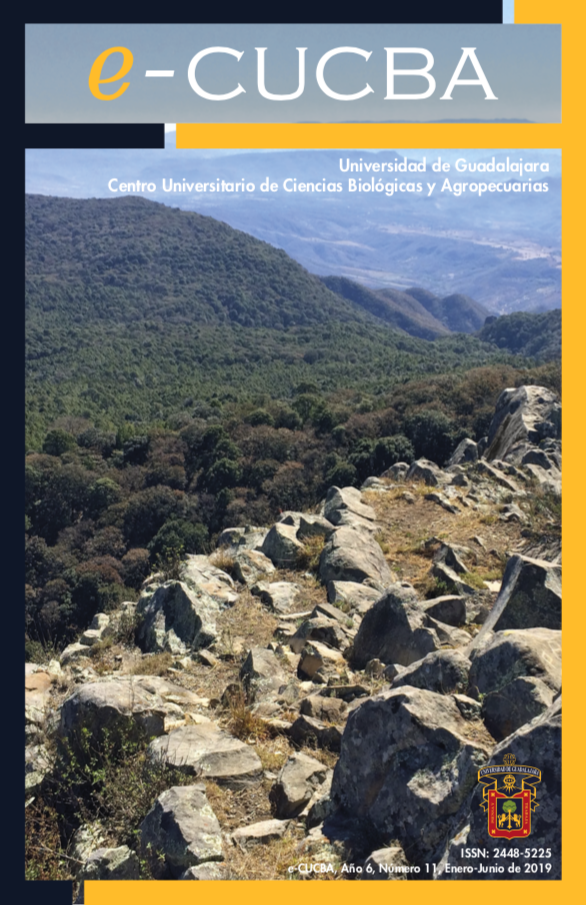Clasificación y Modelos Animales de Status Epilepticus
DOI:
https://doi.org/10.32870/e-cucba.v0i11.130Keywords:
epilepsy, anticonvulsants, pentyle- netetrazole, pilocarpine, kainic acid.Abstract
The Status epilepticus (SE) represents the most severe form of epileptic seizures, which lead to abnormally prolonged seizures, depending on the type and duration of seizures. It can have long-term consequences, including alteration of neuronal networks, neuronal death and injury. The treatment of SE represents a challenge dueto the scarcity of effective drugs. Knowledge anddominance of the SE by the medical personnel is of utmost importance to establish an accurateand effective therapeutic approach, in this res-pect the SE classification according to its four pa- rameters: semiology, etiology, electroencepha- lographic correlate and age, are fundamental to establishing therapeutic decisions. On the other hand, basic research allows the development of new therapeutic strategies that allow to safely investigate both the mechanisms that induce SE establishment and its clinical-surgical approach. In this paper we will describe the current SE clas-sification according to the International LeagueAgainst Epilepsy (ILAE) and most widely used ani- mal models of chemical induction of SE: pentyle- netetrazole, pilocarpine and kainic acid.






